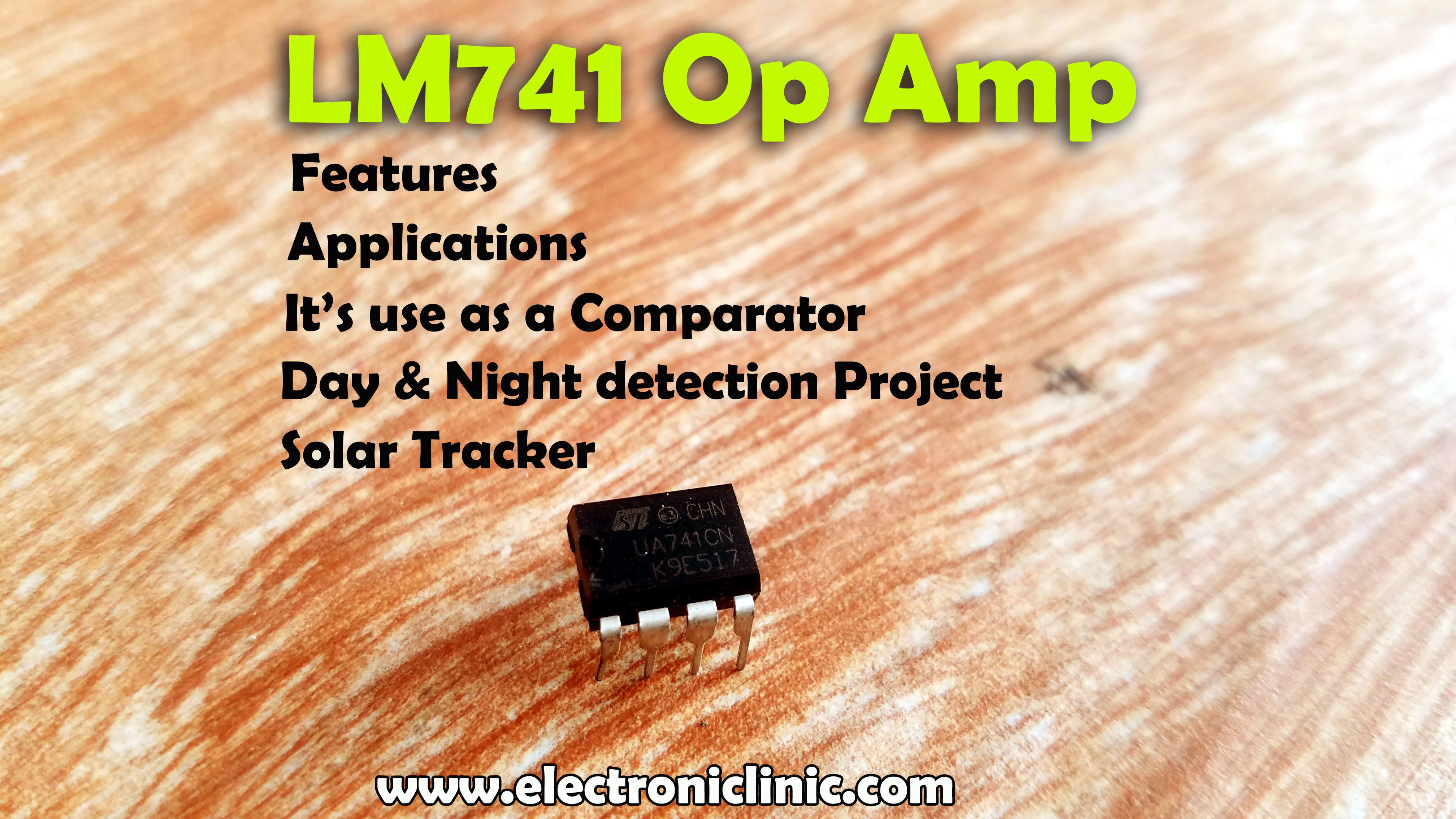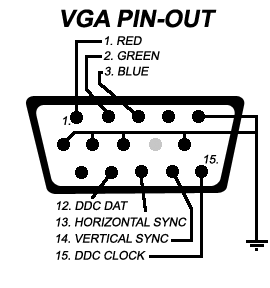

Op-amp is a very critical feature of electronics that are used for different purposes in many electronic circuits. Applications and UsesĬircuit Op-amp IC Tester. So if Op-amp works, LED is flashed at a regular interval, and if the op-amp is defective, then the LED keeps either ON or OFF. This phase frequently repeats and creates a sine wave at the output, leading to LED flickering. And when the output is smaller, the capacitor C1 begins to discharge, and the voltage on the comparator’s invert terminal is reduced, and the level is high. However, when C1 charging tries to reach the voltage at the inverted terminal (PIN 2), the output is low, and the capacitor C1 starts charging through the resistor R6. This is the most critical aspect of the circuit. When the process lights up, the non-inverting input (+) voltage is first increased from the voltage at inverting input (-), and the output of the op-amp Lm741 (PIN 6) is stronger. This feature allows designers to immediately upgrade the overall performance of existing LM741 designs.Ģ. Wide Common-Mode and Differential Voltage RangesĦ. Low Total Harmonic Distortion: 0.003% Typħ. High Input Impedance: JFET Input Stageġ0.If the op-amp LM741 is in a particular order, LEDs will flash or glow, but if the op-amp LM741 is inaccurate, either LED will stay ON or OFF perpetually.Ĭircuit operation is simple and induces a sine Wave at the outlet if the op-amp performs in a Flickering LED state.

The TL081 is pin compatible with the standard LM741 and uses the same offset voltage adjustment circuitry.


In addition, well matched high voltage JFET input devices provide very low input bias and offset currents. The device requires a low supply current and yet maintains a large gain bandwidth product and a fast slew rate. The TL081 is a low cost high speed JFET input operational amplifier with an internally trimmed input offset voltage (BI-FET IITM technology).


 0 kommentar(er)
0 kommentar(er)
